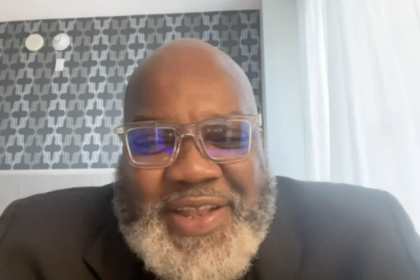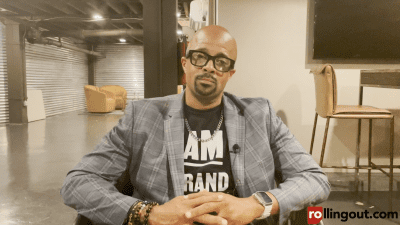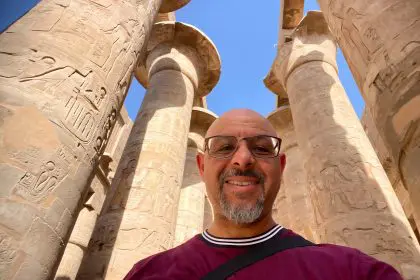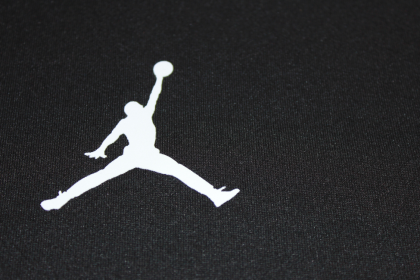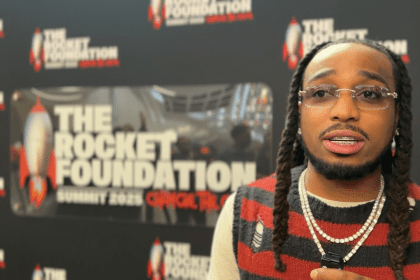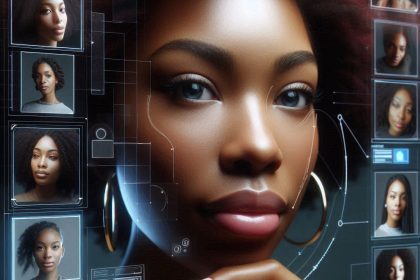
It’s more than a notion to convey how imperative branding is to many organizations.
Branding is the promotion of a product or service that extends beyond the lifetime of the inventor. The product or service can sell for millions. The company can go public for thousands, for millions, across securities exchanges around the world. But what exactly does branding mean? The acronym below sums it up.
B stands for the brain behind the brand, the intellectual property that is both tangible and intangible, relative to the brand. It must be ever-evolving, much like how the Ford brand evolves. The brain must understand that its development consists of thought processes that it ought to protect and it must be produced to last a lifetime. The architecture of the brand must include distinctive logos, fonts and colors that cause us to imagine a visual map that becomes familiar and that we embrace.
R stands for resource. When one considers establishing a brand, capital is key. Sources of finance can range from bank loans, raising funds from angel investors and hedge funds, and a more innovative way is through crowdsourcing like GoFundMe, Kickstarter, etc. Entrepreneurs, brand managers, creators and producers consider all these financing options. Another brand resource is its management team which is the brain trust, the mastermind group, who share their expertise. Each of these resources work interdependently and must be engaged, renewed and continue to grow. Interns are a resource. These individuals volunteer their time in exchange for intellectual capital and guidance. They can become consumers and ambassadors for the brand, an authentic voice. They grow to become vested stakeholders. It’s the key for energy, a natural resource.
A is for assets. There are several ways to look at assets. Many would classify them as resources. Upon closer inspection, they are your human capital. They are consumers advocates. They are important because they can be stakeholders as well. On the other hand, the brains of the brand develop the assets, the artwork and intellectual property that will forge the identity of the brand. It’s the figure eight shape of the bottle. Its the swoosh of the logo. It is words that become a part of your vernacular: you “Google” to find a company.
Assets are tangible: fixed and current. There are intangible assets such as patents, trademarks, copyrights, goodwill and brand recognition – all the intellectual properties associated with a corporation that gives it life and identity. These assets are important. They raise the value of the brand in the mind of the public, stakeholders and stockholders – those who are going to purchase invest or protect the assets of the brand.
N is for negotiation. In branding, there is a constant negotiation. Communicating your brand to others in the marketplace is full-fledged negotiation, period. You must protect your brand. You must be prepared to legally protect your brand so others won’t steal your assets, your resources, or your visual map. You must also understand there are those who work to cannibalize your brand.
Negotiation must be seen as part of what moves the brand forward. There may be an activation, as it relates to a strategy, that takes place between you and the marketplace, between you and the public forum, between you and the very association of others inside the same industry. Yes, the negotiation is something that will have value and affects the life of the brand, the corporation. Corporations close. Some are revived because negotiation in the marketplace has occurred or there’s increased spending or raised awareness.
D stands for disruption. There is a constant disruption occurring with brands, which means essentially taking a brand-new approach by updating the business model and products. Technology will eliminate some brands, due simply to the ability to deliver at an accelerated pace. It makes sense that many retailers would be going out of brick-and-mortar businesses and be replaced by technology – trading in taxi garages for an über app; reservationists and front desks at hotels for Airbnb; long lines at car rental counters and long contracts to read and sign for Zipcar. This technology has disrupted the marketplace. Legacy brands are taking notice.
Think about how you must approach reality and pushing yourself further than ever before. It is here that we see the regulations of what once was brand status quo as rolled out the door for the marketplace will be disrupted time and time again. The very value of technology that allows drones and other innovations; the very sequences of the DNA will allow us to approach healthcare; the very notion of how fast computer science moves, how nanotechnology redefines global marketplaces, redefines our approach to food, medicine and more.
Technology is exchanged in a more rapid rate than ever before in the history of mankind – in leaps and bounds. As a brand creator, you must understand that you must comprehend the disruptive philosophy for your brand’s survival.
The very value of social media delivery services and the “likes” will make it impossible for brands to survive without disrupting their own consideration of whether they are inside the marketplace.
Branding is key to the established understanding of the brand’s means of the approach, to at least facilitate a meaningful brand discussion. It means that all the above concepts will be applied to the very essence of how you will create, inking yourself in the position that your brand lives with and without your presence because with all things considered, it’s a value-based approach that creates a phenomenal brand identity.

